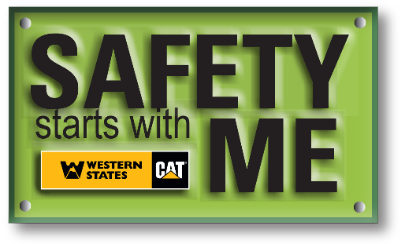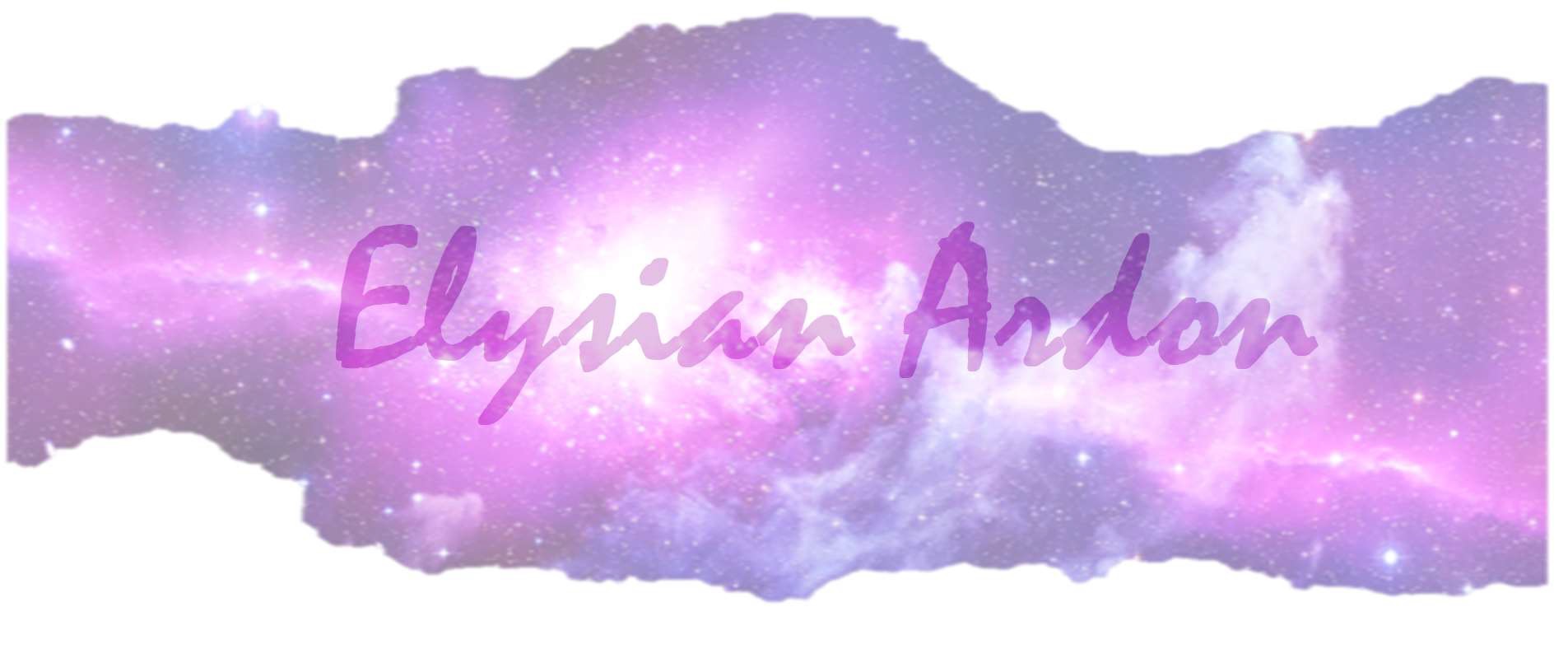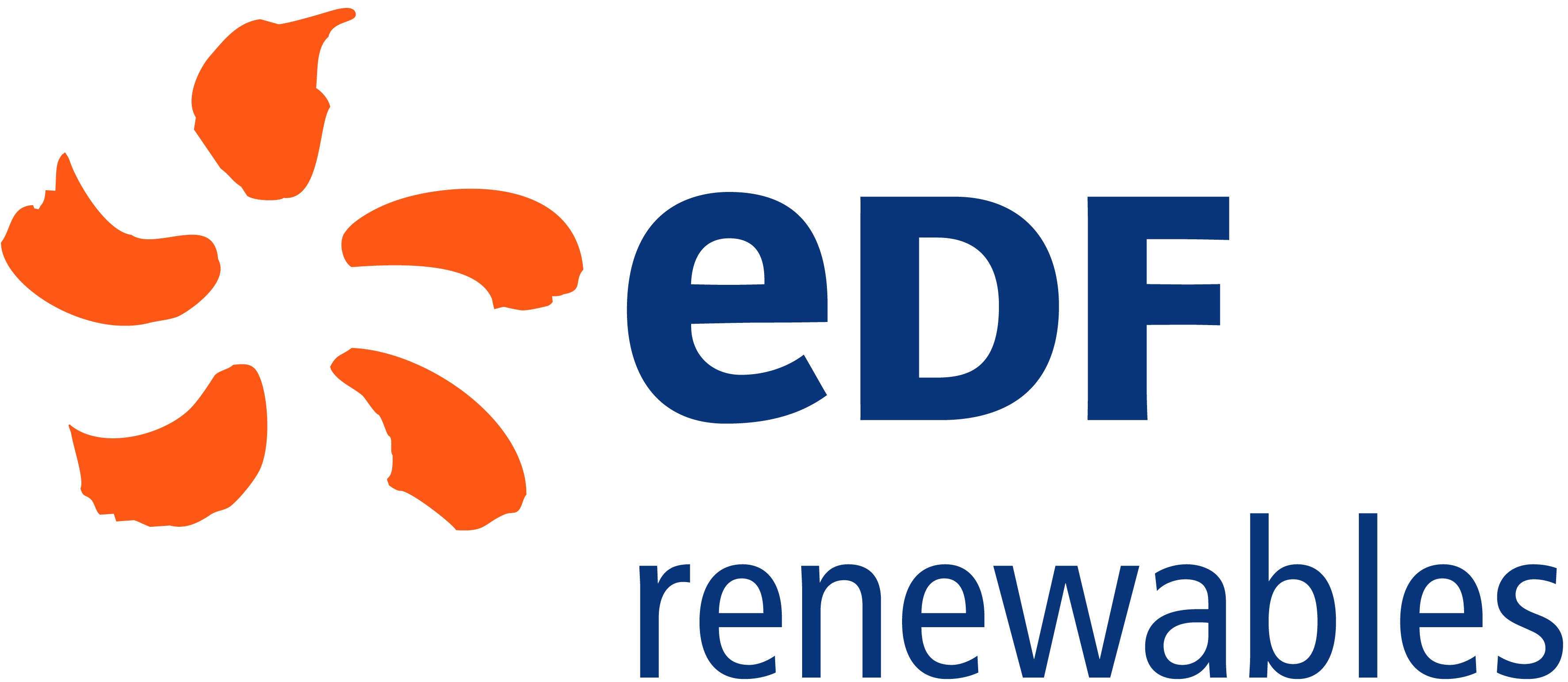Title Page
-
Document No.
-
Audit Title
-
Client / Site
-
Conducted on
-
Prepared by
-
Location
-
Personnel
DOCUMENTATION INSPECTION: Conduct a spot check to assess the following items
-
Verify monthly procedures occur by documentation review - facility audit, fire extinguisher inspections (building and vehicles), safety issues are noted and resolved.
-
Review paperwork/procedures are in place, issues addressed - safety issues from observations and audits are resolved, observations are occurring.
-
Pre-use overhead crane, service truck crane, and forklift inspections are conducted. Documentation is complete and available.
PHYSICAL & VISUAL OBSERVATION: Observe work being perform, watch for safe work practices and contamination control procedures. Clarification may be needed!
-
Employee are wearing required PPE - glasses, correct gloves for task, respirator (welders, painters), face shield on grinders, hearing protection used, fall protection for heights over 4'.<br>
-
Personal Fall Protection equipment is in proper working order, no deformities found on harness or lanyard. Equipment is functioning properly per manufacturer's recommendations.<br>
-
Service trucks and/or company vehicles are clean, organized, current inspections, SDS access or hard copy.<br>
-
Within all facility: floors, surfaces, work areas are clean, clear and free of dirt & debris. Walkways/safety areas are clearly marked and free from obstacles. trash receptacles are correct (metal for rags or combustible items) and covered, not overflowing. Crane disconnects, electrical boxes and other control panels are marked and easily accessible. Hazardous materials and aerosols are capped, stored in flammable cabinets and only in work areas when being used. Customer areas (will call, lobbies, etc.) are clean and orderly.<br>
-
Service & Rental repair area - components under repair are covered, parts in use are kept in original packaging, areas are cleaned between repairs, lubricants & grease are not open during use, lubricants and coolants are disposed of following repair. Tool room is clean & orderly. Process defined to repair tooling. Machine guards are in place.<br>
-
Parts area - Warehouse shelves are properly marked displaying load rating, items on shelving are properly secured, placements of items will not create unnecessary hazards, forklift traffic is controlled, equipment and racking is not dented or damaged. Hose area - hoses, fittings and couplings are capped, covered and properly protected. Cores are in clean packaging. Parts are stored in original, undamaged packaging.<br><br>
-
Yard area - clean and organized, attachments and components are stored above ground, assembly hoses capped. No trash or debris, broken items laying in yard. Wash pads do not have large amounts of dirt or debris. Clear traffic patterns without obstructions, signage is clear.<br>
-
Office area - Power strips being utilized properly, proper storage of items (heavy items not being stored overhead), cleaning chemicals are properly stored, office furniture in proper working order, cords are not presenting trip hazards<br><br>
-
Employees are following proper crane and rigging practices, loto procedures, safe lifting practices, performing stretch and flex regularly, have good ergonomics work approach.<br>
-
Lock out Tagout Procedures-Employees have isolated energy sources to create a zero energy before beginning work on equipment, Proper locks and tags are being utilized. LOTO procedures are being used properly. Ask employee to explain LOTO on current work. Ensure energy source is defined and secure.Wheel chocks are in use while servicing equipment or when equipment is staged on concrete apron around buildings<br>
-
Forklifts/mobile equipment is operated in a safe manner (i.e. seat belt use, appropriate speed, etc.), no suspended loads, no unattended running equipment, spotters used in cramped areas or uneven surfaces, equipment/vehicle chocked.<br>
-
Verify oil supply meets 16/13 standard - ask how they ensure it is in standard (re-filter, testing results) <br>
-
Hand tools (sledgehammers, rad guns, impact guns, slide sledge, torque wrenches) are used appropriately and are in proper working order. Large sledge hammers are stored in appropriated manner to help encourage proper use of tool.<br>
EMPLOYEE FEEDBACK: Ask multiple employees from various areas/functions to respond to the questions. Take notes and compare with the others participating in the branch audit and agree on a collective score. May help to jot down a brief note about why you gave the response you did for group discussion.
-
Employees feel the safety expectations (safe work practices, procedures), roles and responsibilities are clear at their store, understand the importance of safety and contamination control to efficient work.<br>
-
Employees can demonstrate they know where/how to access SDS information, 3E for spills or additional help. Employees can tell you the proper actions to take in an emergency - exits, gathering area, etc. <br>
-
Employees can tell you what to do when injured - call Medcor, safety personnel, complete injury report. Employees know they can report safety concerns, suggestions, near hits.<br>
-
JHA - Employee can explain the purpose, value and use of a JHA to identify and mitigate hazards for self and others.<br>
-
Employees know what to do if they are asked to perform unsafe work. <br>
-
Employees receive positive feedback for safe work behaviors <br>
-
Employees know the steps for movement of heavy equipment in/out of buildings, when to use spotters and proper vehicle positioning.<br>
-
New and transferred employees receive a store safety and contamination control orientation.<br>
-
Managers/Supervisors go into the shop on a daily basis to observe and discuss safe work practices, JHAs, tooling, contamination control, etc.<br>
-
Supervisors/managers model safe behavior by wearing required PPE, follow SWPs, assign work with safety in mind, hold employees accountable for safety, and balance safety and productivity appropriately.<br>
-
Employees know who their safety manager is and how to contact their safety manager.<br>
CUTLURAL ASSESSMENT: Based on the physical inspections, visual observation of the work and employee feedback does this area/store reflect a safety culture in alignment with our strategic safety direction. Do the behaviors, attitudes and work reflect a focus on a zero based incident culture.
-
Managers and supervisors participate in employee led safety learning sessions - tool box talks, safety alerts, coach talks, etc.<br>
-
Employees "own" safety in this store - employees identify and resolve safety issues and barriers with little supervisory support, proactive safety and risk management is led by employees across the store.<br>
-
Incident analysis, concerns, near hits and identified safety issues are seen and administered by leaders as opportunities to learn and remove risk from the workplace.<br>
-
Safety advocate team is has an appropriate number of members for the locations, the team consists of employees from management, supervisory, technicians, and office personal, the management at the store location utilizes the safety advocate team to help address and resolve safety issues and review incidents and near misses, the BLT works with the safety advocate team to support and improve safety throughout the location<br>
-
Employees can describe examples of applying safe work practices in their personal life.<br>
-
The core value of safety is being promoted at this location<br>
-
Signature of auditor
-
Select date










